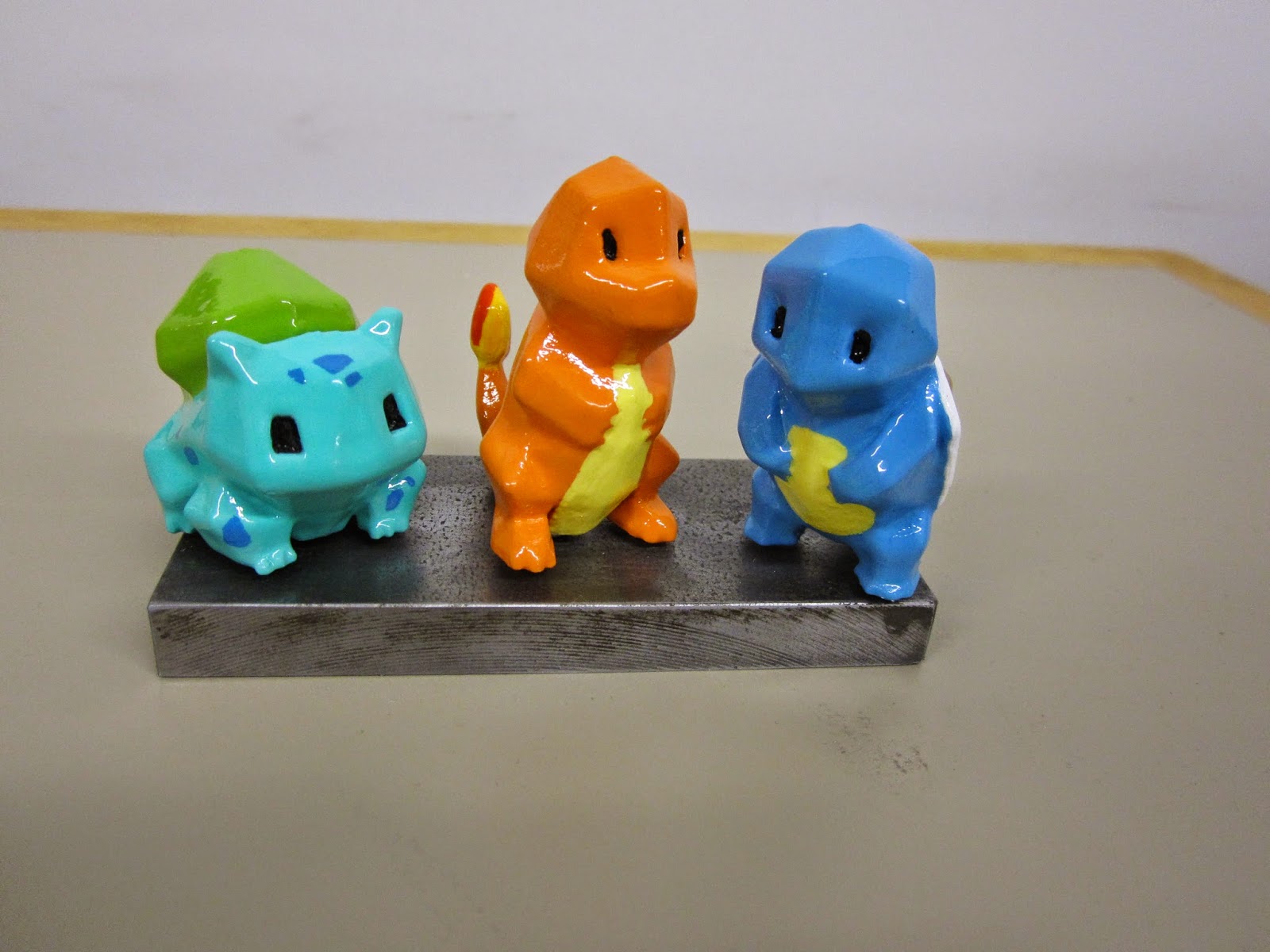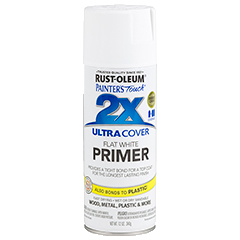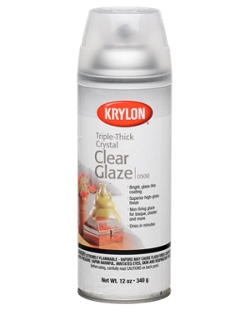I've been trying out spray paints so I'd document some product experiences. My main application is painting plastic. Nowadays, I paint ABS plastic, that has been 3d printed. Often, I do detail work with acrylic paint (the 2 fl oz tubes sold at craft stores) applied with a brush. Brushing paint directly onto 3d prints generally looks ugly and cheap. Three issues with that: (1) the filament lines are visually obvious and unwanted, (2) the brushed on paint is not opaque enough and the original plastic shows through, and (3) the paint does not stick to the plastic. Here are some suggestions and techniques for turning 3d prints into high quality looking items.
Smoothing
You probably already know that ABS can be dissolved by acetone, which you can brush on, or even use to glue ABS parts together. But if you want a no-hassle way to smooth plastic, you need a large glass jar like this one:
You also need a burlap 'wick' as shown in the photo. The jar needs only be filled with a small amount of acetone, just enough to soak the edges of the burlap and allow the acetone to climb up the material. If you leave it for a bit, then open the jar and put in your hand, you'll feel the warm, wet mist of acetone that ends above the burlap line.
Grab a sacrificial platform (some suggestions: old heatsinks, blocks of wood) and place your part on it inside the jar. Note, try to keep the part as low as possible. It is common for the top of a piece to not get smoothed nearly as well as the bottom.
Timing: remove the part every so often and let it breathe (for example 30 minutes in, then at least 10 minutes out). That timing will depend on your part. The ABS will be sticky at the surface so pick it up by the platform. The acetone will get into the whole part, so structurally the part will be bendy, and may sag due to gravity. Also, thin walls will sometimes dissolve, especially near small filament gaps due to poor 3d print quality. By placing the part in the jar only in short intervals with breathing time in between, you help keep the piece from collapsing on itself or developing holes in the outer walls while you are trying to smooth it. I'd suggest trying more outer shells in your print settings to avoid thin walls dissolving.
Priming
You need a primer if you are going to brush on most paints, especially the acrylic 2 fl oz craft store paints. There are a lot of products out there. Here's one I've been using (just finished my first can of it):
Rustoleum Painter's Touch Ultra Cover 2x Flat White Primer
This gives the 3d printed parts a matte, 'unglazed ceramics' type look.
If you just want one flat color, and you want to save time, there are lots of "paint+primer" products available that will do just fine.
Painting
With brushed on acrylics, multiple thin coats are the way to go. The first coat won't be completely opaque. Most of these regular styles of paint will have a rough enough dried surface to allow painting on top of them. However, some formulations, especially specialty glossy/metallic/other types, will end up creating a very smooth dried finish and you won't be able to get other paints to stick on top. Test first if the part you are painting is important.
Undo-ing your work
If you hate the paint job, it may be possible to chip off the paint and primer without damaging the plastic surface. Some paints will peel away off the primer, others will chip off with the primer and a little force. You can use a needle to get into the small areas, but in creases the paint will be impossible to get out. Soaking in water can help loosen the paint. After the part is fully dried you can start again.
Finishing
You should apply a protective coat after the piece is fully dried. The primer and paint tends to chip off quite easily otherwise. One of my favorite finishes is this one:
Krylon Triple-Thick Crystal Clear Glaze
This finish results in a glass/glazed ceramics like look. It's also fairly durable. Be careful when spraying, because it is VERY STICKY. If your part accidentally falls over or brushes against something, you're basically out of luck... I had a part fall over onto the Styrofoam plate it was sitting on, and the Styrofoam dissolved and little bits of it were stuck firmly all over the part. I ended up quickly soaking and then scraping all the paint and starting from scratch.
Another suggestion
I just found some
PlastiKote Metal Flake (in blue) in storage at the hackerspace and tried it out. It is beautiful. I don't have any photos of my stuff just yet, but here is an example from someone else:
PlastiKote Metal Flake Blue Example
It works fine on the primed ABS plastic (haven't tried it on bare plastic) and makes the piece immediately look like glossy glazed ceramics.
As I try more stuff, I'll post more in this series. After the holidays you will be able to see photos of all the finished pieces.


















































